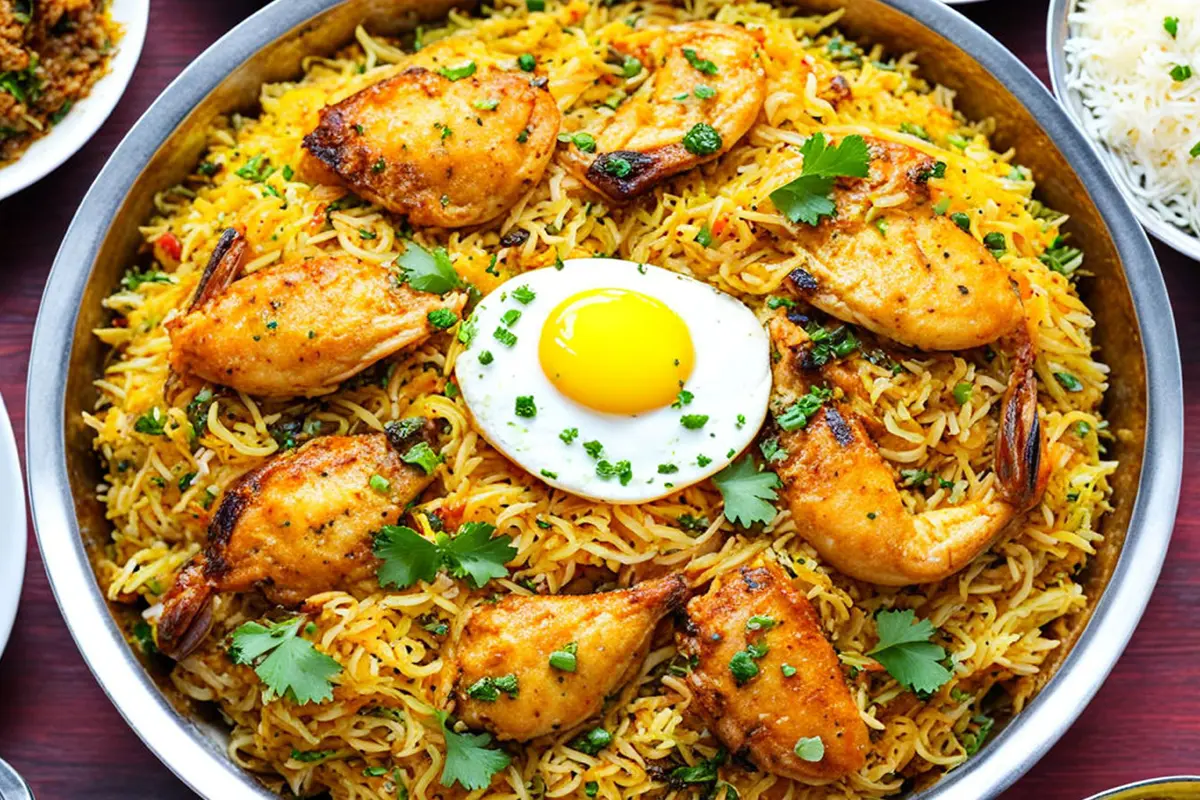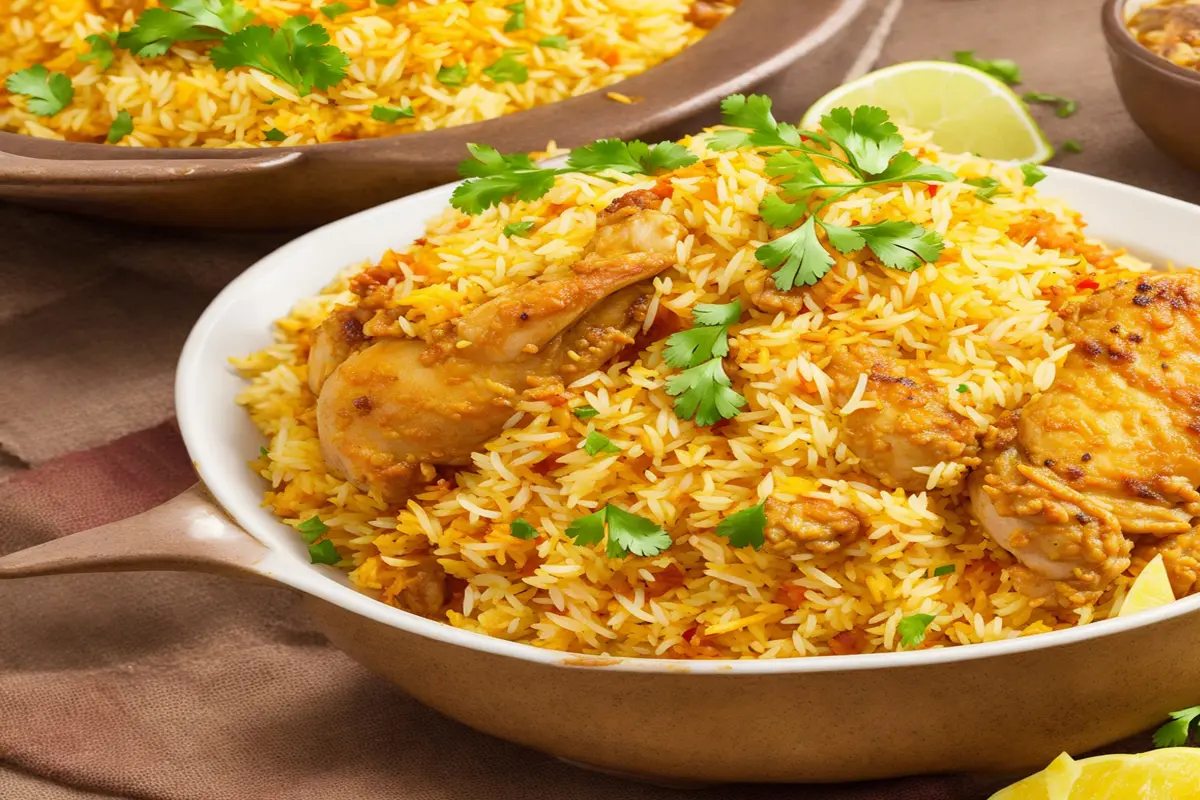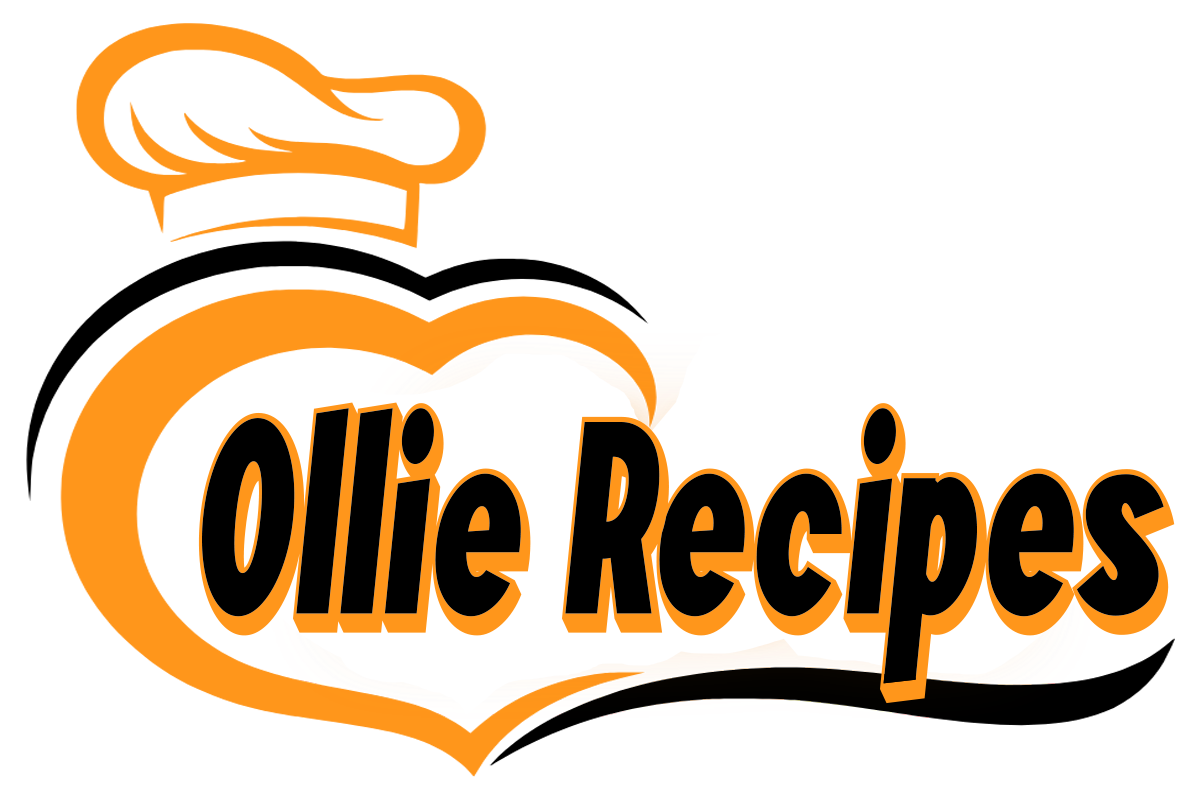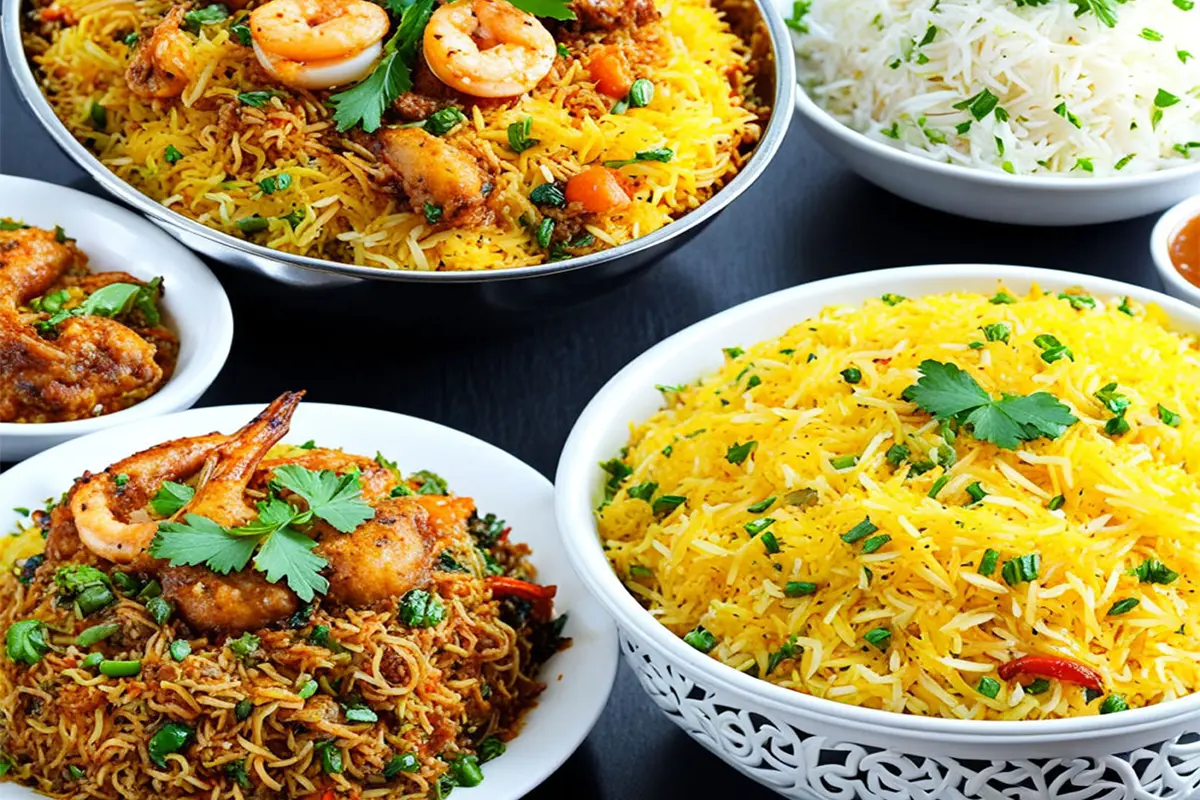Dirty Rice vs Cajun Rice vs Jambalaya
Southern cuisine is renowned for its rich flavors, hearty dishes, and deep cultural roots. Among the most beloved dishes in this culinary tradition are Dirty Rice, Cajun Rice, and Jambalaya. Each of these dishes has its own distinct history, preparation method, and flavor profile, reflecting the diverse influences that have shaped Southern cooking.
For those who wish to explore authentic Southern recipes, understanding the differences between these dishes is essential. Whether you’re planning a family meal or a festive gathering, knowing which dish to prepare can make all the difference.
What is Dirty Rice?
Dirty Rice is a classic dish in Creole cuisine, known for its “dirty” appearance, which comes from cooking the rice with ground meats such as chicken livers, gizzards, or pork. This dish is deeply seasoned with spices like cayenne pepper, thyme, and paprika, and is often complemented by the “holy trinity” of vegetables: onions, bell peppers, and celery.
For those interested in making Dirty Rice at home, this Dirty Rice recipe provides a detailed guide to achieving the perfect balance of flavors and textures. The recipe walks you through the process of preparing the meats and vegetables to create a dish that is both hearty and flavorful.
Cultural Significance: Dirty Rice is more than just a side dish; it is a reflection of Creole ingenuity, where every part of the animal is used to create delicious and satisfying meals.
Flavor Profile: The liver in Dirty Rice adds a distinct, rich flavor that is earthy and slightly metallic, balanced by the sweetness of the vegetables and the heat of the spices. This combination creates a dish that is complex and satisfying.
What is Cajun Rice?
While similar to Dirty Rice, Cajun Rice (often referred to as “rice dressing”) is a simpler dish with a focus on bold, spicy flavors. Unlike Dirty Rice, Cajun Rice typically omits the liver and uses ground beef or sausage as the primary meat. The spices in Cajun Rice are more pronounced, with a greater emphasis on black pepper, cayenne, and smoked paprika.
If you’re looking to bring a taste of Louisiana to your table, try this Cajun Rice recipe. It’s an easy-to-follow guide that ensures a flavorful dish every time, perfect for pairing with grilled meats or serving as a standalone meal.
Preparation and Ingredients: The preparation of Cajun Rice is typically quicker and more straightforward than Dirty Rice. The meat and vegetables are cooked together with the rice, absorbing the spices and creating a dish that is bold and full of flavor.
Versatility: Cajun Rice is a versatile dish that can be customized with various meats and vegetables.
What is Jambalaya?
Jambalaya is perhaps the most famous of the three dishes, often seen as the quintessential Southern comfort food. This one-pot dish combines rice, a variety of meats (such as chicken, sausage, and seafood), and vegetables, all cooked together with a rich, flavorful broth.
Dirty Rice vs Cajun Rice vs Jambalaya : There are two primary types of Jambalaya—Creole and Cajun. Creole Jambalaya, also known as “red” Jambalaya, includes tomatoes, which add a sweet acidity to the dish. Cajun Jambalaya, on the other hand, does not include tomatoes and has a darker color due to the browning of the meats and the use of darker spices.
Cooking Method: The preparation of Jambalaya is a labor of love. It involves browning the meats, sautéing the vegetables, and then slowly cooking everything together with the rice until it absorbs all the flavors. The result is a dish that is hearty, flavorful, and perfect for feeding a crowd.
Serving Suggestions: Jambalaya is a versatile dish that can be served on its own or paired with sides like cornbread or collard greens. Its robust flavor profile makes it a favorite at gatherings and potlucks.

Comparing Dirty Rice vs Cajun Rice vs Jambalaya
While Dirty Rice, Cajun Rice, and Jambalaya share some similarities, they are distinct dishes with their own unique characteristics.
Ingredients: Dirty Rice uses liver or gizzards, giving it a rich, earthy flavor, while Cajun Rice typically uses ground beef or sausage. Jambalaya, on the other hand, can include a variety of meats, including sausage, chicken, and seafood.
Flavor Profiles: Dirty Rice has a complex flavor due to the use of liver and a variety of spices. Cajun Rice is spicier and simpler, focusing on bold, smoky flavors.
Preparation: Dirty Rice is cooked by first preparing the meats and vegetables separately, then combining them with the rice. Cajun Rice is often quicker to prepare, with all ingredients cooked together. Jambalaya, being a one-pot dish, requires careful layering of flavors, but the result is a deeply satisfying meal.
The Cultural Roots of These Dishes
Each of these dishes is a testament to the rich cultural heritage of the Southern United States, particularly Louisiana.
Dirty Rice has its roots in Creole cuisine, a blend of French, African, Spanish, and Native American influences. It is a dish that exemplifies the Creole practice of using every part of the animal to create flavorful, hearty meals.
Cajun Rice is a product of the Cajun people, descendants of French Canadians who settled in Louisiana. Their cuisine is known for its bold, rustic flavors, and Cajun Rice is a perfect example of how simple ingredients can be transformed into something delicious.
Jambalaya reflects the melting pot of cultures in Louisiana, with influences from French, Spanish, and African cooking. Its versatility and ability to feed a large group make it a favorite for gatherings and celebrations.
Cooking Techniques for the Perfect Dish
To truly master these dishes, it’s essential to understand the cooking techniques that bring out their best flavors.
Browning the Meats: Whether you’re making Dirty Rice, Cajun Rice, or Jambalaya, browning the meats is a crucial step. This process not only adds flavor but also creates a rich base for the dish. For tips on how to brown meats perfectly, this guide to browning meats is an excellent resource.
Building Flavors: Layering flavors is key to these dishes. Start by sautéing the holy trinity of vegetables—onions, bell peppers, and celery—then add your spices and meats. This method ensures that every bite is packed with flavor. For a step-by-step approach, this article on building flavors in cooking is a must-read.
Cooking Rice Perfectly: The texture of the rice is crucial in these dishes. Overcooking can lead to mushy rice, while undercooking can leave it hard and unpleasant. For perfect rice every time, this guide to cooking rice provides all the tips and tricks you need.

Serving Suggestions and Pairings
These dishes are exceedingly adaptable and can be combined with an assortment of beverages and accompaniments to generate a comprehensive meal.
Dirty Rice: Serve Dirty Rice with fried chicken or catfish for a classic Southern meal. A side of collard greens or cornbread complements the richness of the rice perfectly.
Cajun Rice: Pair Cajun Rice with grilled shrimp or blackened chicken for a spicy, flavorful meal. A side of cucumber salad or corn on the cob adds freshness to balance the heat.
Jambalaya: Jambalaya is a complete meal on its own, but it pairs beautifully with French bread or garlic bread. For a drink, consider a classic Hurricane cocktail to transport your taste buds straight to New Orleans.
Conclusion: Embracing Southern Cooking
Dirty Rice, Cajun Rice, and Jambalaya are more than just dishes—they are a celebration of Southern culture and cuisine.
Whether you’re a seasoned cook or new to Southern cooking, these dishes offer something for everyone. With the right ingredients, techniques, and a bit of patience, you can bring the flavors of the South to your table.
For more recipes, tips, and culinary history, be sure to explore our full collection of Southern recipes. From appetizers to desserts, there’s something to satisfy every palate and every occasion.

